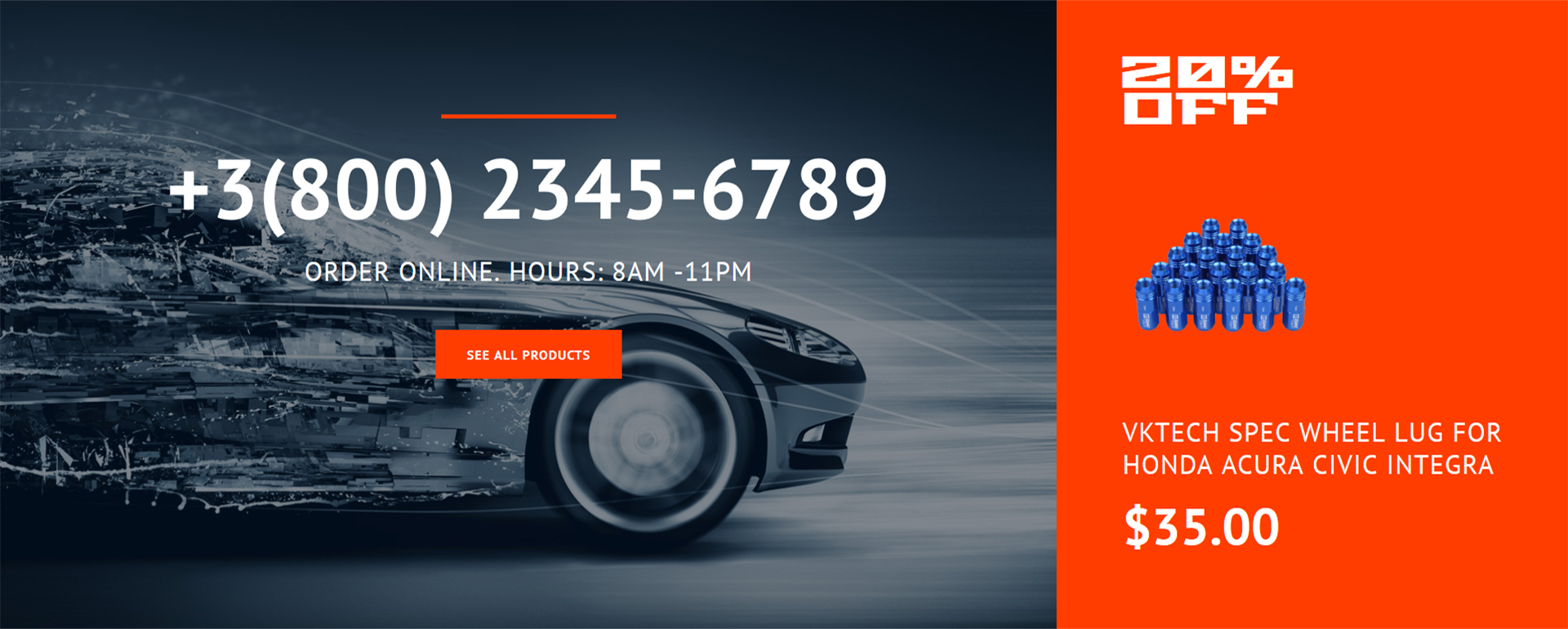Nov . 15, 2024 16:22 Back to list
hydraulic cylinder wiper seal
Understanding Hydraulic Cylinder Wiper Seals Their Role and Importance
Hydraulic systems are essential in various industries, providing efficient power transmission and mechanical movement. One critical component of these systems is the hydraulic cylinder, which often encounters materials, contaminants, and extreme conditions. To ensure optimal performance and longevity of hydraulic cylinders, wiper seals play a pivotal role. This article explores the function, types, and significance of hydraulic cylinder wiper seals.
What is a Hydraulic Cylinder Wiper Seal?
A hydraulic cylinder wiper seal, often referred to simply as a wiper seal, is a sealing component located at the outer edge of hydraulic cylinders. Its primary purpose is to prevent dirt, dust, and other contaminants from entering the cylinder during the extension and retraction of the piston rod. By acting as a barrier, wiper seals protect the internal components of the hydraulic system from wear and damage, ensuring smooth operation.
Functionality of Wiper Seals
The primary function of a wiper seal is to maintain cleanliness within the hydraulic system. When the piston rod moves in and out of the cylinder, it may collect debris from its surroundings. Without an effective wiper seal, this debris can enter the hydraulic cylinder, leading to several adverse effects
1. Increased Wear and Tear Contaminants can cause abrasion on the cylinder walls and piston rod, leading to premature wear of parts. 2. Fluid Contamination Dust and dirt entering the hydraulic fluid can reduce its effectiveness, leading to system failures and increased maintenance costs. 3. Reduced Efficiency Contaminated equipment may operate less efficiently, leading to energy losses and longer cycle times. 4. Sealing Failure Regular exposure to contaminants can cause the internal seals to fail, resulting in fluid leaks and system malfunctions.
Types of Wiper Seals
There are several types of wiper seals commonly used in hydraulic cylinders, each designed for specific applications and conditions
1. Single Lip Wiper Seals These are the most common type and consist of a single sealing lip that contacts the contaminated surface. They are typically suitable for light to moderate contamination environments.
2. Double Lip Wiper Seals Featuring two sealing lips, double lip wiper seals provide additional protection against contaminants. They are ideal for more demanding conditions where enhanced sealing performance is required.
hydraulic cylinder wiper seal

3. Urethane Wiper Seals Urethane seals are known for their durability and resistance to abrasion. They are often used in applications with high wear conditions, providing extended service life.
4. Spring-Loaded Wiper Seals These incorporate a spring mechanism to maintain constant pressure against the piston rod, ensuring optimal sealing performance even under extreme conditions.
5. Custom Seals For specialized applications, manufacturers can design custom wiper seals tailored to meet the specific needs of a hydraulic system.
Importance of Wiper Seals
Investing in high-quality wiper seals is crucial for the longevity and efficiency of hydraulic systems. Here are several reasons why these seals are essential
1. Cost-Effectiveness By preventing contamination, wiper seals help reduce repair and maintenance costs associated with wear and fluid leaks.
2. Operational Reliability Reliable wiper seals ensure that hydraulic cylinders operate smoothly, contributing to overall system performance and productivity.
3. Reduced Downtime Effective sealing reduces the likelihood of equipment failure, leading to less downtime and increased operational efficiency.
4. Extended Equipment Life By minimizing wear on internal components, wiper seals contribute to the overall lifespan of hydraulic cylinders and associated equipment.
Conclusion
In summary, hydraulic cylinder wiper seals are vital components that ensure the efficiency, reliability, and longevity of hydraulic systems. Their primary function of preventing contamination not only protects the internal workings of hydraulic cylinders but also contributes to cost savings and operational efficiency. When selecting wiper seals, it is essential to consider the specific conditions of the application and choose the appropriate type to achieve the best results. By prioritizing the quality and maintenance of wiper seals, industries can better safeguard their hydraulic systems, ensuring smooth and effective operation for years to come.
-
TCN Oil Seal Metal Ring Reinforcement for Heavy Machinery
NewsJul.25,2025
-
Rotary Lip Seal Spring-Loaded Design for High-Speed Applications
NewsJul.25,2025
-
Hydraulic Cylinder Seals Polyurethane Material for High-Impact Jobs
NewsJul.25,2025
-
High Pressure Oil Seal Polyurethane Coating Wear Resistance
NewsJul.25,2025
-
Dust Proof Seal Double Lip Design for Construction Equipment
NewsJul.25,2025
-
Hub Seal Polyurethane Wear Resistance in Agricultural Vehicles
NewsJul.25,2025
-
The Trans-formative Journey of Wheel Hub Oil Seals
NewsJun.06,2025
Products categories
















